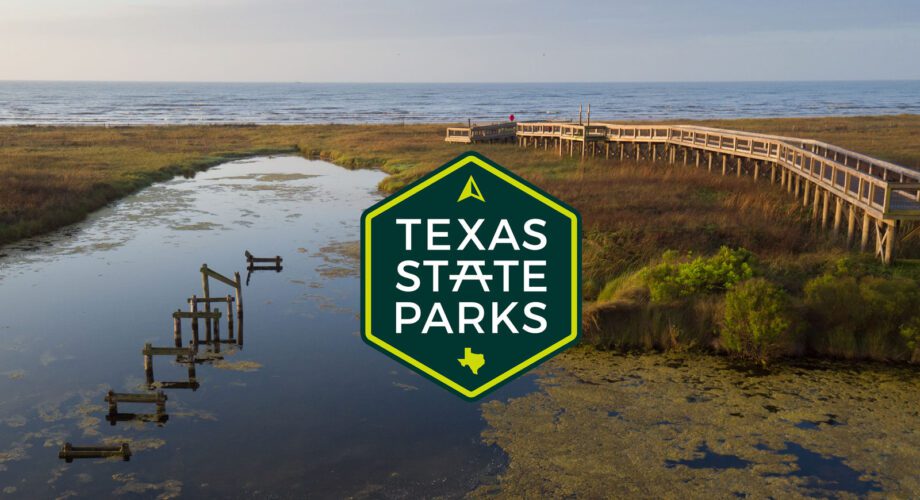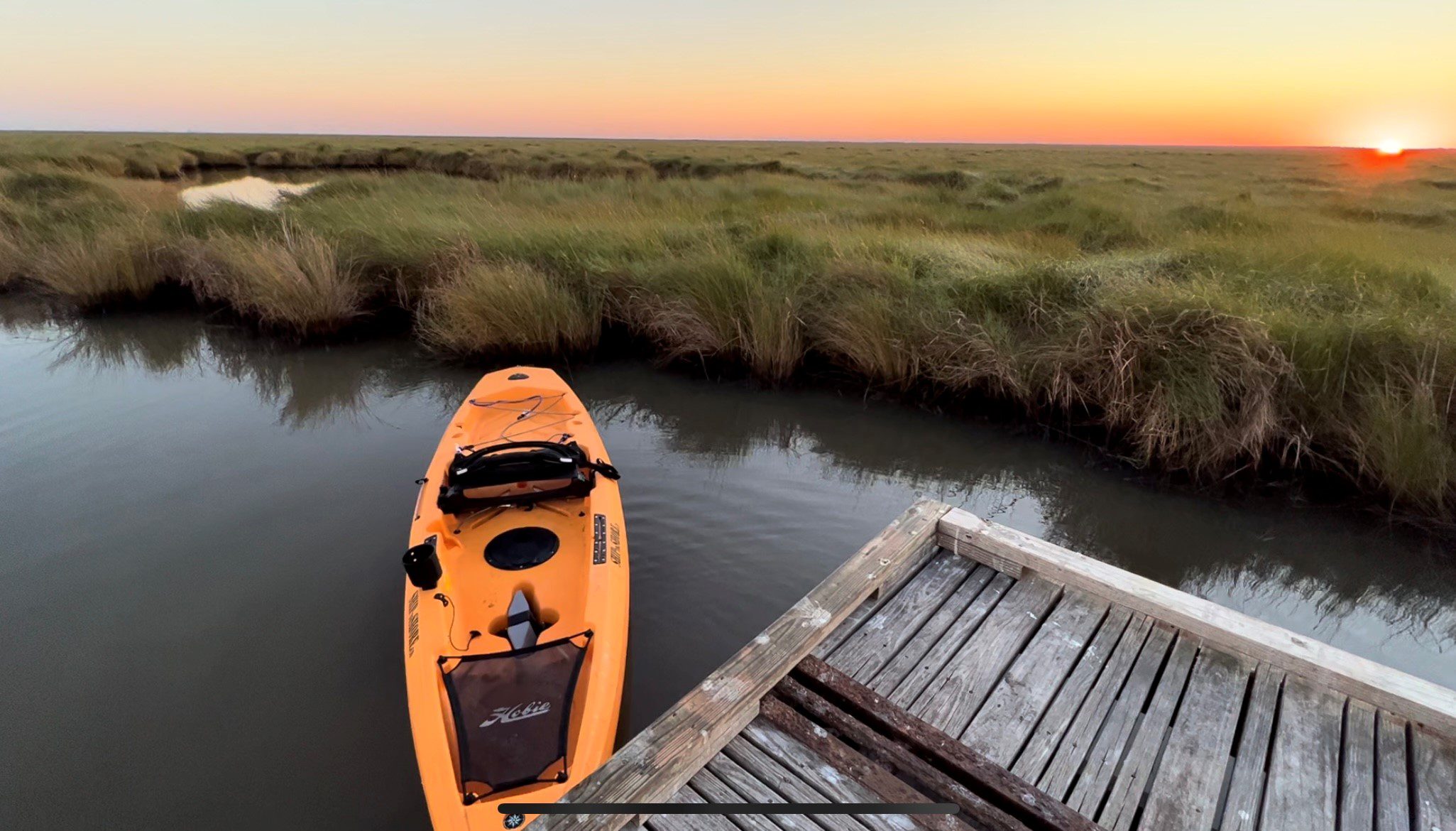100 Years of Texas State Parks

Happy Texas-Sized Birthday
In 2023 Texas Parks and Wildlife is celebrating 100 years of the state park system. How lucky are we to have Sea Rim State Park in Port Arthur’s back yard! The park system boasts 95 sites covering more than 627,000 acres and comprising 74 state parks. Eight natural areas and 13 historic sites are part of these natural lands and public places.
Centennial Celebrations
The Centennial Celebration of Texas State Parks kicked off on Jan. 1 with First Day Hikes at every state park in Texas. To commemorate 100 years, every state park will host at least one special event during the 2023 Centennial year. Read up on events, how to support parks and a photo contest here.
In Great Shape

As nearly 9 million visitors pass through the system each year, families enjoy a wide scope of Lone Star beauty from mountains and forests to sandy shores. These parks look great for their age!
Some Sea Rim History
Sea Rim opened to the public in 1977. Families enjoyed the foamy shores and natural marshy landscapes for years. Hurricanes have done their coastal thing a few times, but the popular park has come back each time. Hurricane Rita shut the park down in 2005. In September of 2008, the park was two weeks away from reopening when Hurricane Ike arrived. Following massive cleanup, the park opened on a limited basis in 2010. Visitors toted in their own water and used portable toilets.
In June of 1014 park staff unveiled new facilities, including a camping loop and cabin, the elevated West Dune boardwalk, and a walk-in day-use area. Improvements continue and a Marsh Unit Cabin overlooks paddling trails.
Who enjoyed the “park” earlier?
Paleoindians were the earliest known people in this area. Some 12,500 years ago, sea levels were much lower. These people lived further out in what is now the Gulf. They abandoned the area roughly 4,000 to 3,000 years ago, as glaciers melted and sea levels rose, according to TPWD history. Read more here.
You may find one of the artifacts, such as projectile points and fossils, that wash up on the park’s west end. But don’t “pocket the past!” Leave it in place and notify park staff. You’ll help preserve history.
Atakapa Indians and their relatives moved into Texas around 2,000 years ago, bringing pottery. By the 1820s, most were gone, probably due to smallpox or migration.
Celebrations Across Texas




